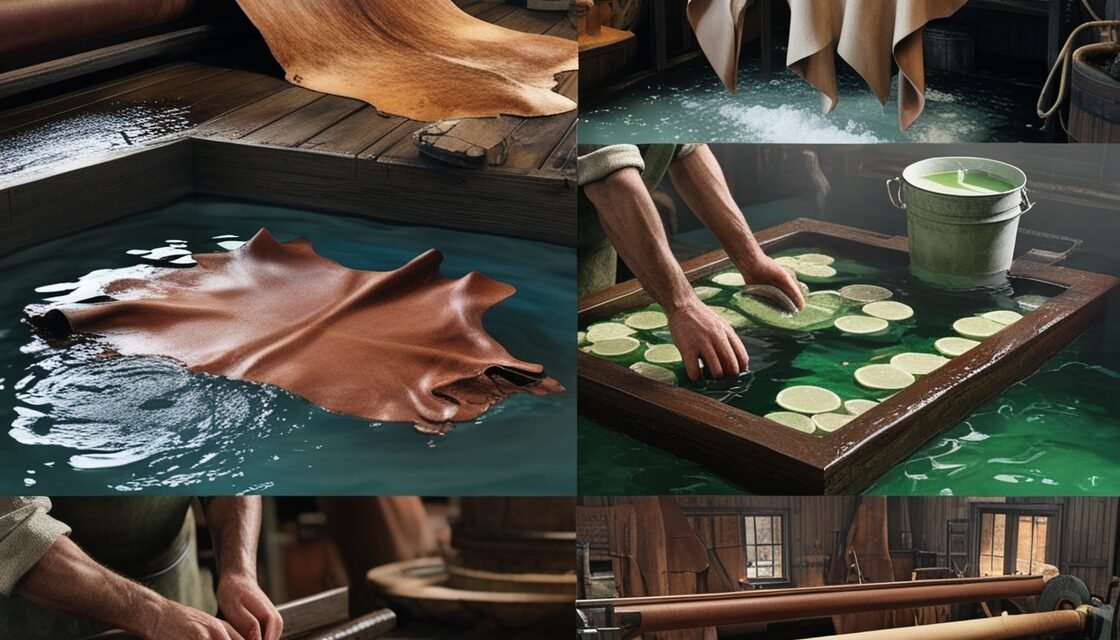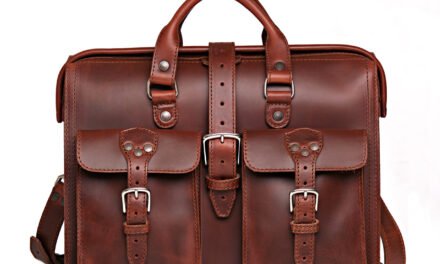The tanning process is a critical step in leather production that transforms raw hides or skins into processed leather. Without tanning, raw hides would decompose quickly, as they are organic materials. Tanning stabilizes the collagen fibers in the hide, preventing them from rotting, improving durability, and imparting the desired properties to the final leather product.
Key Roles of Tanning in Leather Processing:
1. Prevents Decomposition
- Raw hides are prone to bacterial activity and rotting due to their organic composition.
- Tanning chemically alters the structure of collagen fibers (the main protein in hides) to make them non-putrescible (resistant to decomposition).
- This stabilization ensures the leather can last for years without deteriorating.
2. Increases Durability and Strength
- Tanning strengthens the hide by tightening and cross-linking the collagen fibers.
- The result is a durable and resilient material that can withstand wear, tear, and environmental exposure.
- This is critical for products like shoes, belts, and saddles.
3. Improves Flexibility and Softness
- Raw hides are stiff and inflexible when dried.
- Tanning processes (e.g., chrome tanning) impart softness, pliability, and flexibility, making the leather suitable for various applications such as garments and upholstery.
4. Enhances Water Resistance
- Raw hides absorb water easily, which causes swelling and degradation.
- Tanning introduces chemicals that make the leather water-resistant or water-repellent, depending on the tanning method.
- For example, chrome-tanned leather is naturally more water-resistant than vegetable-tanned leather.
5. Modifies Texture and Appearance
- Tanning prepares the hide for further processing, like dyeing, finishing, and polishing.
- It helps in achieving:
- Uniform color penetration.
- Smooth grain texture.
- Improved surface finish.
6. Increases Resistance to Heat and Chemicals
- Tanned leather becomes resistant to heat, chemicals, and biological agents.
- This ensures that the material remains stable even when exposed to harsh conditions, such as in industrial applications or outdoor use.
7. Provides Versatility
- Tanning allows for the production of different types of leather based on the desired characteristics:
- Soft and supple (e.g., for clothing).
- Firm and stiff (e.g., for saddles or furniture).
- Waterproof and durable (e.g., for outdoor gear).
8. Enables Further Processing
- After tanning, the stabilized leather can undergo processes like re-tanning, dyeing, fatliquoring, and finishing.
- This adds color, shine, and other specific qualities required for its end-use application.







